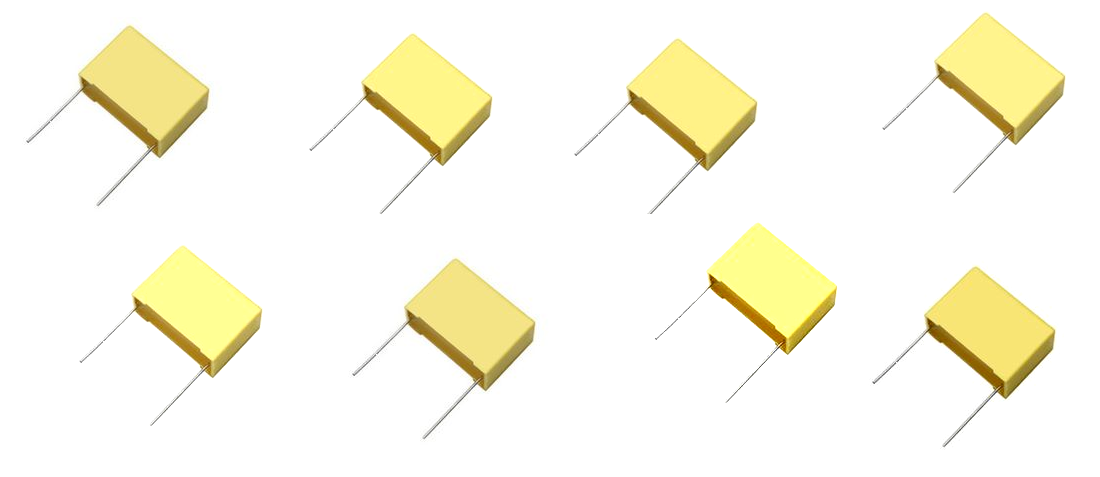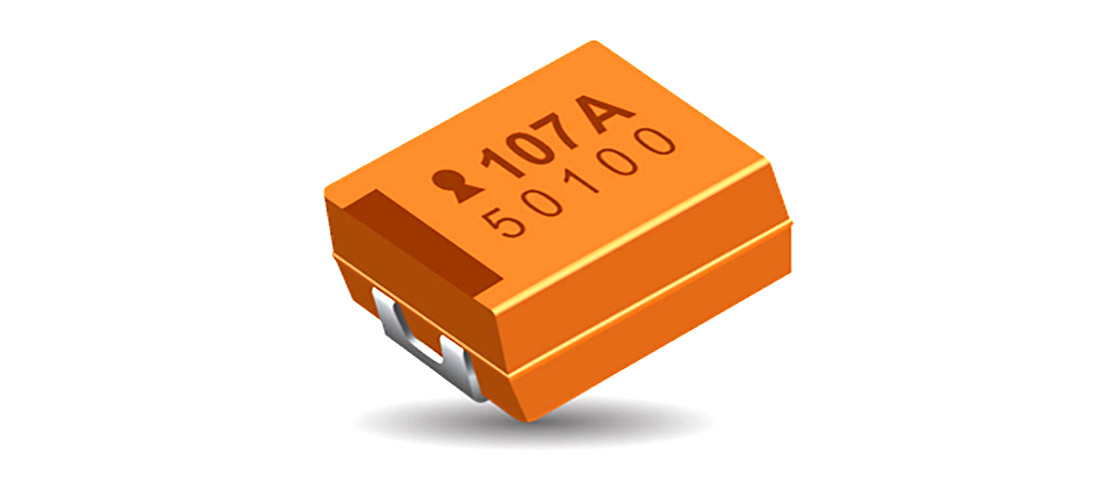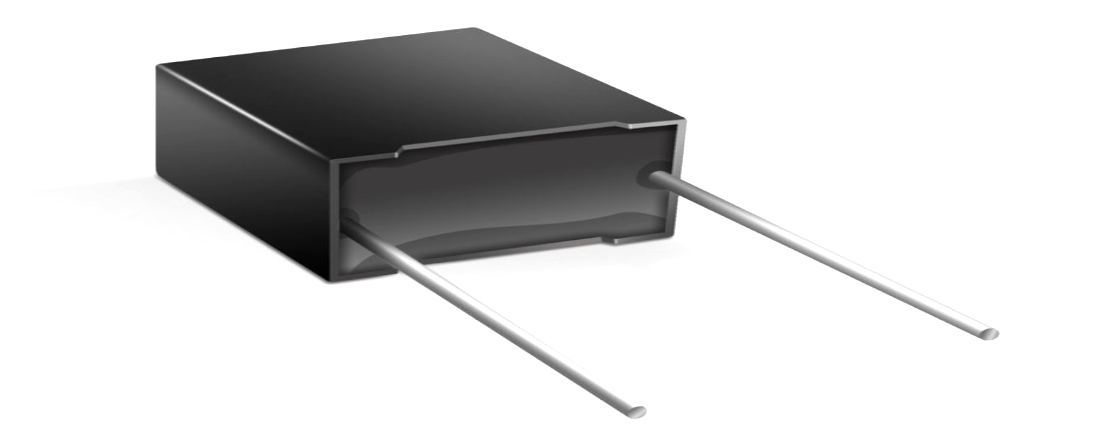
The self-healing characteristics of film capacitors
- Posted by doEEEt Media Group
- On August 8, 2020
- 0
Metallized film capacitors are some of the most common capacitors in use in today’s electronic circuits. Power film capacitors are widely used in DC-link circuits, pulsed lasers, X-ray flashes, and phase shifters while low power film capacitors are commonly used for decoupling and filtering applications. The performance characteristics of film capacitors vary mainly depending on the dielectric material used as well as the construction techniques applied. Some of the most commonly used plastic film dielectrics include polyethylene naphthalate (PEN), polyethylene terephthalate (PET), and polypropylene (PP).
Plastic film capacitors can be broadly categorized into film/foil and metallized film capacitors. The basic structure of a film/foil capacitor consists of two metal foil electrodes and a plastic film dielectric between them. Film/foil capacitors offer high insulation resistance, high pulse handling capability, excellent current carrying capability, and good capacitance stability.
Unlike film/foil capacitors, metallized film capacitors use metal-coated plastic films as electrodes. Metallized film capacitors have reduced physical sizes, and offer high volumetric efficiency, good capacitance stability, low dielectric losses, and excellent self-healing properties. Some capacitors are a hybrid of film/foil capacitors and metallized film capacitors and feature characteristics of both types. The self-healing properties of metallized film capacitors make them ideal for a broad spectrum of applications, including long life and benign failure mode circuits.
Self-healing of capacitors
The electrical properties of a dielectric can be significantly affected by defects. Such defects are mainly caused by external voltage transients, flaws within the dielectric, or pinholes. When a capacitor is subjected to a heavy electrical load, breakdowns can occur due to such defects in the dielectric material. Some capacitors are capable of mitigating such defects. The process through which a capacitor removes or mitigates a fault area is referred to as self-healing. The capability of a capacitor to self-heal mainly depends on a component’s dielectric and electrode materials. Some of the capacitors that have self-healing properties include wet aluminum capacitors, tantalum capacitors, polymer-based aluminum capacitors, and metallized film capacitors. Film/foil capacitors, electrical double-layer capacitors (EDLC), and ceramic capacitors do not have self-healing properties.
Self-healing of metallized film capacitors
In a metallized film capacitor, a plastic film is coated with a thin layer of zinc or aluminum, typically 0.02 to 0.1µm in thickness. The metal layer is deposited on the plastic film through a process known as vacuum deposition. The thickness of the metal layer determines the amount of energy required for the self-healing process.
The plastic film dielectrics that are commonly used in the construction of metallized film capacitors include polypropylene (PP), polyphenylene sulfide (PPS), polyester, and metalized paper (MP). These dielectric materials have different self-healing capabilities.
When a breakdown occurs in a metallized film capacitor, arcing causes the thin metal layer around the fault area to vaporize. This vaporization process removes the conductive metal layer in the area around the flaw. Since the conductive material is removed, a short circuit cannot occur between the plates. This prevents failure of the component.
The self-healing capability of a metallized film capacitor depends on many factors including the properties of the dielectric material and the thickness of the metal layer. The vaporization process requires an adequate supply of oxygen and dielectric materials with high surface oxygen content have good self-healing properties. Some of the plastic film dielectrics that have good self-healing characteristics include polypropylene, polyester, and polycarbonate. On the other hand, plastic film dielectrics with low surface oxygen content have poor self-healing characteristics. Polyphenylene sulfide (PPS) is one such dielectric material.
For the vaporization process to occur, energy is required. The amount of energy required significantly depends on the thickness of the metal layer. In most metallized film capacitors, 0.050-0.150 joules are required to clear a fault area. This amount of energy is sufficient and unlikely to damage the area around a fault point. A high amount of clearing energy creates more weak spots, thereby affecting the performance of a capacitor. Such amounts of self-healing energy are a major cause of avalanche breakdowns and high leakage currents in capacitors. A smaller amount of self-healing energy ensures smaller vaporized electrode area and a slower rate of capacitance loss. Capacitors with smaller amounts of self-healing energy have longer lifetimes.
Apart from enhancing reliability, the self-healing capability of metallized film capacitors helps to enhance their operational life. However, self-healings cause reduction of the metallized electrode area over time. This reduction in electrode area results in a decrease in total capacitance of a component. When the capacitance of a metallized film capacitor drops below a specific level, the component is considered as a failed capacitor. In addition, the self-healing process causes an increase in the equivalent series resistance (ESR) of a metallized film capacitor. These changes in capacitance and ESR result in the overall reduction of a component’s lifetime.
Some of the design parameters that determine the reliability of a metallized film capacitor include the size of the conductor, thickness of the dielectric film, insulation distance, and resistance of the electrodes. Using a too thin or too thick layer of metallization, too small insulation distances, or too thin dielectric films can accelerate failure. Bad drying and bad sealing are some of the production mistakes that can cause the failure of metallized film capacitors. In applications, some of the conditions that can accelerate the failure of a component include high temperatures, high voltages, lightning, high humidity, and electromagnetic interference (EMI).
Apart from good self-healing properties, metallized polyester film capacitors also have a high dielectric constant, good temperature stability, high dielectric strength, and excellent volumetric efficiency. These characteristics make these capacitors ideal for general purpose applications. Metallized polyester capacitors are widely used for DC applications such as blocking, bypassing, decoupling, and noise suppression.
Metallized polypropylene capacitors offer high insulation resistance, low dielectric absorption, low dielectric losses, high dielectric strength, and long term stability. These space-efficient components are widely used in mains-attached applications such as filter circuits, lighting ballasts, and snubber circuits. Double metallized polypropylene film capacitors can withstand high voltage and high-pulse loads, and they are suitable for applications with a high likelihood of steep pulses. These capacitors are commonly used in motor controllers, snubbers, switch-mode power supplies, and monitors.
doEEEt provides you the most complete and updated information about Hi-Rel EEE parts
As mentioned above, not all plastic film dielectrics are created equal. To get a handle on the different types of plastic film used in the construction of capacitors today, and their strengths and weaknesses, check out our article “Types of plastic film capacitor dielectrics“.
Source: Capacitor Faks blog
- Space-Grade components available for immediate delivery - April 10, 2025
- Exclusive stock on doEEEt: How to access and request - April 10, 2025
- Managing EEE components for LEO and lower cost space missions - December 17, 2024



0 comments on The self-healing characteristics of film capacitors